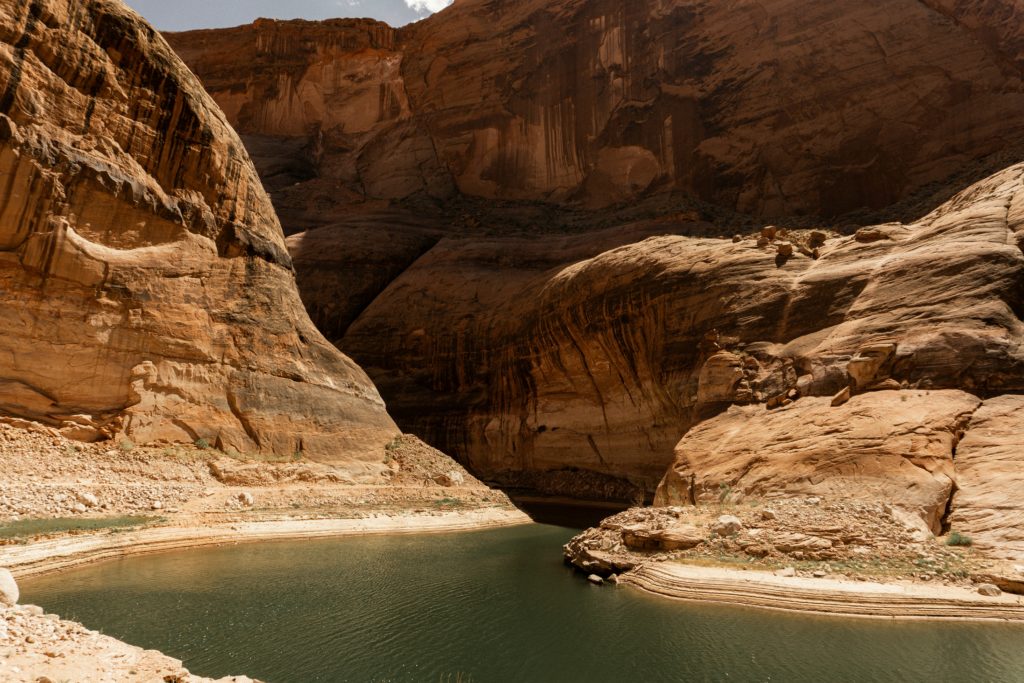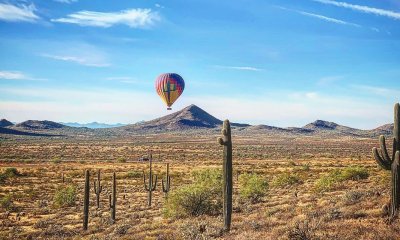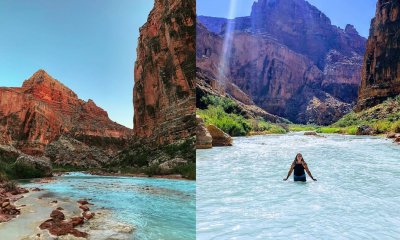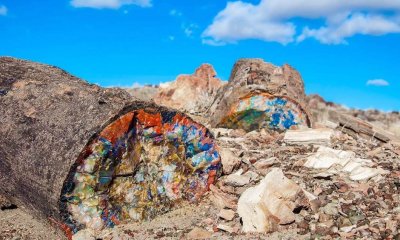Arizona
Here are the 10 Biggest Risks with Living in Arizona
Living in Arizona offers a unique blend of natural beauty, diverse culture, and economic opportunities. However, like any state, there are certain risks associated with residing in the Grand Canyon State. Here are ten risks to consider:
Extreme Heat

Arizona is known for its blistering hot summers, with temperatures frequently exceeding 100°F (37.8°C). Heatwaves can pose health risks, including heat exhaustion and heatstroke, especially for vulnerable populations such as the elderly and young children.
Water Scarcity

Arizona faces challenges related to water scarcity, with much of the state being arid or semi-arid. Drought conditions can lead to water shortages, impacting agriculture, urban development, and recreational activities.
Wildfires
Arizona’s dry climate and abundant vegetation make it susceptible to wildfires, particularly during the hot and windy summer months. Wildfires can threaten communities, destroy homes, and harm natural ecosystems.
Flash Floods
Despite its arid reputation, Arizona is prone to sudden and intense rainfall, especially during the monsoon season (typically July to September). Flash floods can occur in low-lying areas, posing risks to residents and motorists.
Dust Storms
Dust storms, or “haboobs,” are common occurrences in Arizona, particularly during the summer months. These intense dust storms can reduce visibility on roads, leading to hazardous driving conditions and accidents.
Earthquakes
While not as frequent or severe as in some other states, Arizona does experience earthquakes due to its proximity to active fault lines. Although most earthquakes in Arizona are minor, larger quakes can cause damage to infrastructure and pose risks to public safety.
Border Issues
Arizona shares a border with Mexico, leading to various social, economic, and political issues related to immigration, border security, and drug trafficking. Border-related tensions can occasionally spill over into neighboring communities.
Urban Sprawl
Rapid population growth and urban development have led to concerns about urban sprawl and its impact on the environment, infrastructure, and quality of life in Arizona’s cities and metropolitan areas.
Health Risks
Arizona faces health risks associated with its climate and environment, including allergies, respiratory issues (due to dust and air pollution), and vector-borne diseases such as West Nile virus and Valley fever.
Scorpion Stings and Venomous Wildlife

Arizona is home to various venomous creatures, including scorpions, rattlesnakes, and spiders. Encounters with these creatures can pose risks, particularly for individuals who are allergic or unprepared for outdoor activities.

















